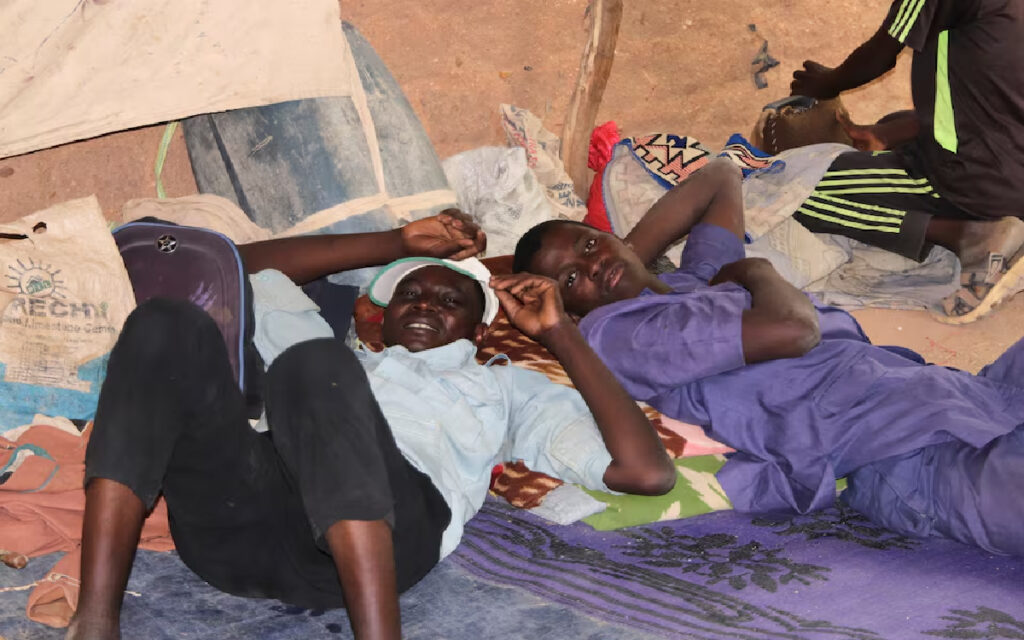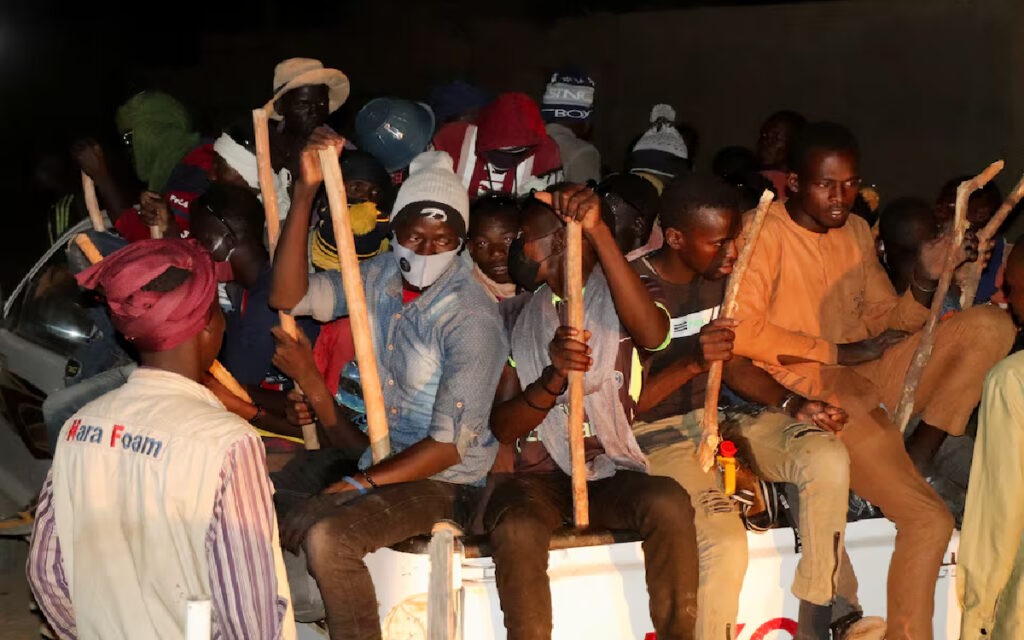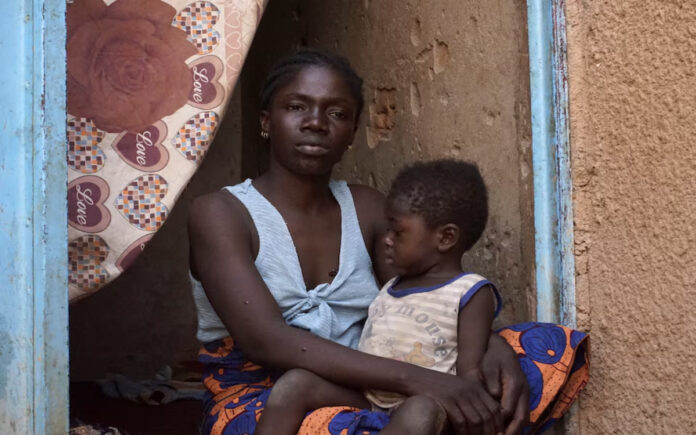Agadez: At the bustling bus station in Agadez, a pivotal town in northern Niger acting as a gateway to the Sahara, scenes unfold daily that epitomize the complex narrative of migration. Here, amidst the dust and heat, men, their identities concealed by turbans and sunglasses, embark on journeys fraught with hope and uncertainty. Some clamor onto battered pickup trucks bound for Libya, clutching onto wooden poles, whispering dreams of Italy. “If I earn enough in Libya, I’ll stay there. If not, I’ll leave for Europe,” voices Abdoulaye Diallo, a 40-year-old from Guinea, his words echoing the aspirations and dilemmas of many at the nearby migrant compound.

November saw a pivotal shift in Niger’s migration landscape when the military leadership annulled a European Union-supported law criminalizing those aiding migrants. Since then, vehicles destined for Libya, like the one witnessed at the bus station, have joined the weekly convoys of Nigerien security forces venturing northward, forsaking the circuitous routes through the desert to evade detection.
In the wake of this legislative reversal, migrant flows have surged. According to Reuters calculations based on the latest data from the International Organization for Migration (IOM), over 128,790 migrants departed Niger in March alone, marking a staggering 68% increase from March 2023. Additionally, the IOM reports a significant drop in the price charged by people smugglers for the perilous desert crossing to Libya, plummeting from $500 to approximately $170 per person since the law’s repeal.
Also Read | Vatican Arrests Former Employee for Attempted Sale of Missing Bernini Manuscript
However, amidst concerns voiced by some European quarters over a potential influx of illegal migrants, migration experts and organizations advocate for a measured perspective. While acknowledging the rise in migrant departures from Niger, they point to stable numbers of arrivals in Europe via the Mediterranean route, cautioning against premature alarmism.
Flavio di Giacomo, the IOM spokesperson for the Mediterranean, emphasizes this nuanced stance: “When I hear politicians say that there is an immigration emergency or talk of an invasion: no, this is not the case.” He underlines that while the situation warrants humanitarian attention, it does not constitute a numerical emergency.

Contrary to fears, arrivals via the central Mediterranean have witnessed a 62% decline from January to April, as reported by the EU border agency Frontex. However, this decrease is attributed partially to adverse weather conditions hampering sea crossings. Historical migration patterns also indicate that the majority of African migrants tend to remain within the continent, reinforcing the narrative of a predominantly regional phenomenon.
Nonetheless, concerns persist regarding the fate of migrants attempting the perilous journey through Libya. Despite efforts to curb migration, Libya and Tunisia grapple with challenges of security and exploitation, exacerbated by the involvement of predatory militia groups and criminal syndicates.
Also Read | Gaza Unemployment Nears 80%, UN Agency Reports
In assessing the broader context, it’s essential to recognize the geopolitical dynamics at play. The EU’s strategies to curb irregular migration have included partnering with transit countries like Niger, offering incentives for tighter border controls. However, the repeal of the migrant law underscores the complex interplay between economic interests, regional stability, and human rights considerations.
The repercussions of Niger’s policy shift are felt acutely in regions like Agadez, where the law’s enforcement had a profound impact on local economies. Binta Maiga Moha, migration director in Niger’s interior ministry, highlights the economic toll and humanitarian consequences of the legislation, emphasizing the need for a balanced approach.
As the migration landscape continues to evolve, informed by geopolitical shifts and socioeconomic realities, the journey of migrants traversing Niger’s desert routes serves as a poignant reminder of the intersecting challenges and aspirations shaping our globalized world.



